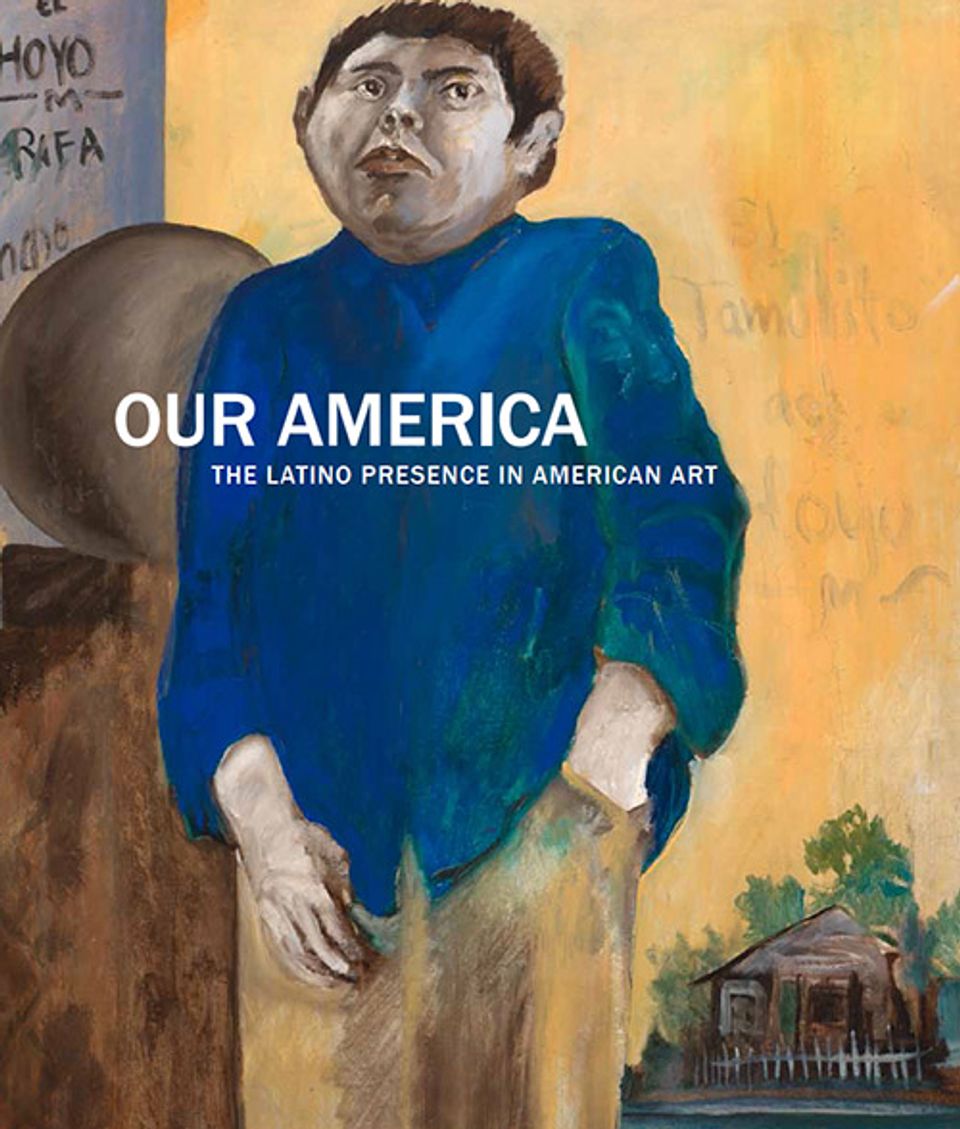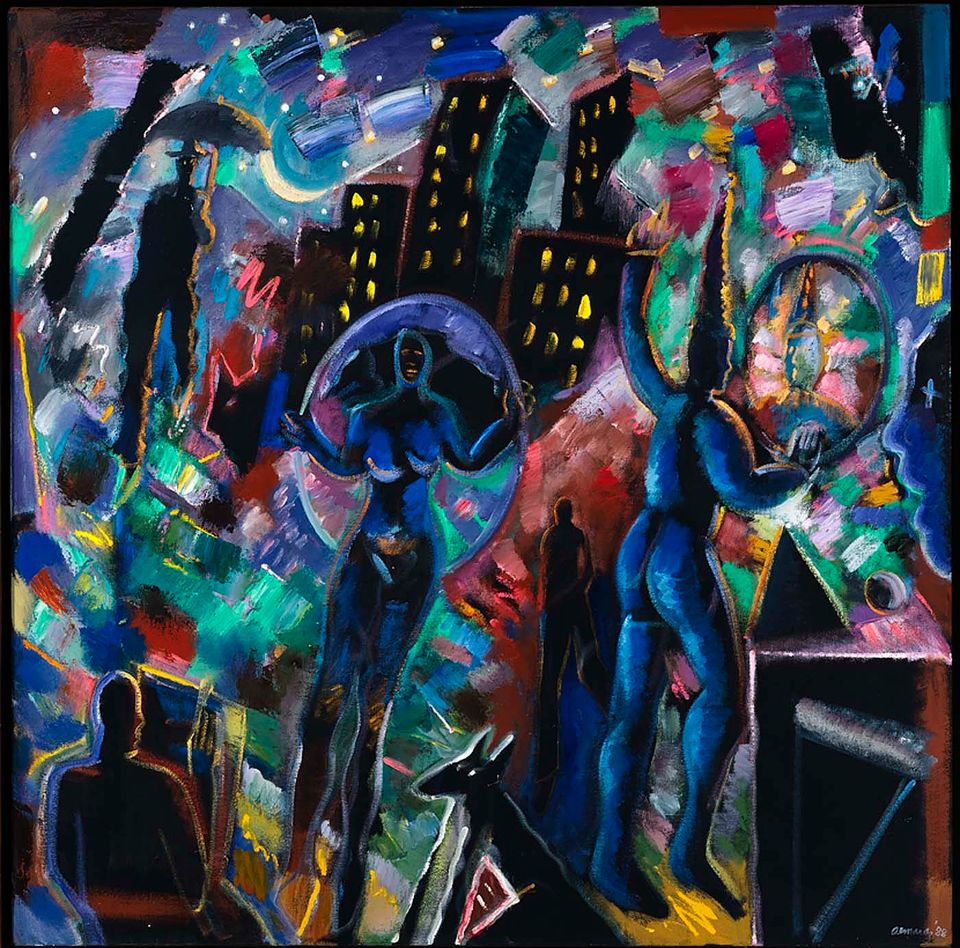Artwork Details
- Title
- Untitled, from the Silueta series
- Artist
- Date
- 1980
- Location
- Not on view
- Dimensions
- sight 38 3⁄4 x 52 1⁄2 in. (98.4 x 133.4 cm.)
- Copyright
- © 1980, Estate of Ana Mendieta
- Credit Line
- Museum purchase through the Smithsonian Latino Initiatives Pool and the Smithsonian Institution Collections Acquisition Program
- Mediums Description
- gelatin silver print
- Classifications
- Subjects
- Landscape — Mexico — Oaxaca
- Landscape — mountain — Mountain of San Felipe
- Object Number
- 1995.54.2
Artwork Description
Our America: The Latino Presence in American Art, 2013
La serie Silueta, de Mendieta, creada entre 1973 y 1980, estudia las conexiones entre la naturaleza y el cuerpo de la mujer. Esta fotografía documenta una escultura efímera —con la forma de la silueta de la artista y vagamente evocadora de los arquetipos de la Diosa Madre— tallada directamente en la tierra con una alteración mínima del entorno. Las Siluetas de Mendieta significan un retorno a una matriz metafórica y a su Cuba natal al mediar un tema feminista con procesos del arte de la tierra para analizar el tema del exilio.
Nuestra América: la presencia latina en el arte estadounidense, 2013
Mendieta used wooden effigies, silhouettes cut into the earth, and often her own body half-buried in the soil to forge a unity between herself and the land. She was the daughter of an early supporter of Fidel Castro who had fallen out of favor and been imprisoned. Her family fled Cuba for the United States in 1961, and the siluetas address Mendieta's feelings of loss and exile.
Exhibition Label, Smithsonian American Art Museum, 2006















